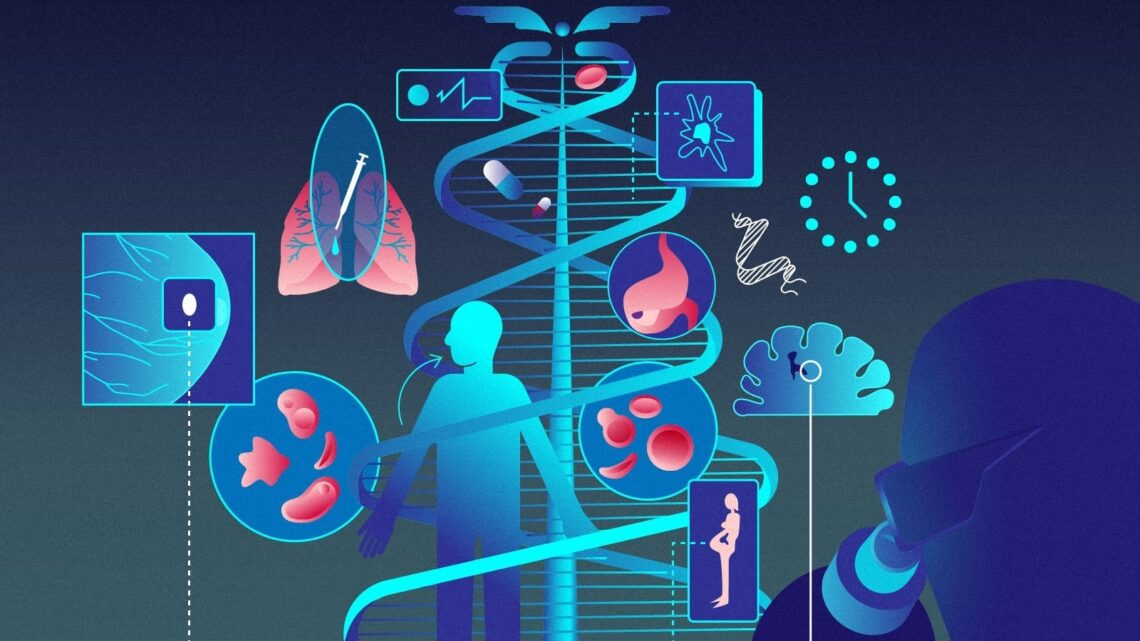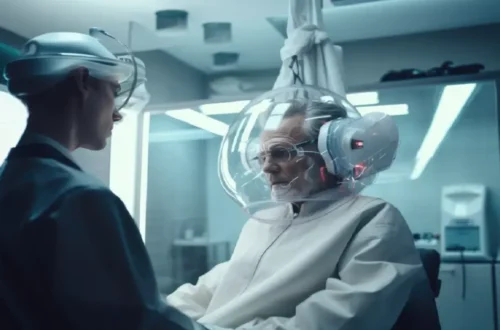Healthcare technology plays a pivotal role in modern healthcare delivery, driving innovation, improving patient outcomes, and enhancing operational efficiency. This article will explore six key concepts in healthcare technology, providing insights into essential principles, applications, and implications for healthcare stakeholders. From electronic health records to artificial intelligence, these concepts form the foundation of healthcare technology, shaping the future of healthcare delivery and transforming the patient experience.
1. Electronic Health Records (EHR)
Electronic health records (EHRs) are digital versions of patients’ medical charts containing comprehensive information about their medical history, diagnoses, medications, lab results, and treatment plans. EHRs streamline information sharing among healthcare providers, facilitating coordinated care and improving clinical decision-making. By centralizing patient data in electronic format, EHRs eliminate the need for paper-based records, reducing errors, enhancing accessibility, and promoting interoperability across healthcare systems. Moreover, EHRs support patient engagement through secure patient portals, enabling individuals to access their health information, communicate with providers, and actively participate in their care management.
2. Telehealth and Telemedicine
Telehealth and telemedicine encompass a broad range of healthcare services delivered remotely via telecommunications technology, including video conferencing, mobile apps, and wearable devices. These technologies enable virtual consultations, remote monitoring, and telehealth interventions, expanding access to care, particularly in underserved or remote areas. Telemedicine platforms facilitate real-time communication between patients and providers, enabling diagnosis, treatment, and follow-up care without the need for in-person visits. By leveraging telehealth solutions, healthcare organizations can improve patient access, enhance care coordination, and reduce healthcare disparities, ultimately leading to better health outcomes and patient satisfaction.
3. Artificial Intelligence (AI)
Machines that mimic human intelligence can learn, solve problems, and make decisions—all activities that are often associated with human cognition. This phenomenon is known as artificial intelligence (AI). Interpretation of diagnostic imaging, predictive analytics, and customized treatment are just a few of the many healthcare-related AI applications. Artificial intelligence systems sift through mountains of medical records, genetic information, and digital pictures to find trends, make predictions, and fine-tune treatment plans. Artificial intelligence (AI) promotes the quality and safety of patient care by improving the skills of healthcare personnel. It also speeds up treatment planning and improves diagnostic accuracy.
4. Wearable Health Devices
Wearable health devices, such as fitness trackers, smartwatches, and medical-grade sensors, enable individuals to monitor their health metrics, track physical activity, and manage chronic conditions in real-time. These devices collect data on vital signs, sleep patterns, exercise routines, and other health-related parameters, empowering users to make informed decisions about their health and wellness. Healthcare providers can leverage wearable health data to gain insights into patients’ daily activities, detect early warning signs of health issues, and tailor personalized care plans accordingly. By promoting proactive health management and remote monitoring, wearable devices support preventive care initiatives, improve patient engagement, and contribute to better health outcomes.
5. Health Information Exchange (HIE)
Health information exchange (HIE) refers to the electronic sharing of healthcare information among different healthcare organizations, such as hospitals, clinics, pharmacies, and laboratories. HIE enables secure and interoperable exchange of patient data across disparate systems, facilitating care coordination, care transitions, and population health management. Through HIE networks, healthcare providers can access patients’ medical records, medication history, diagnostic test results, and other relevant information in real time, regardless of where the patient received care. This seamless data exchange enhances care continuity, reduces duplication of tests and procedures, and improves communication among healthcare stakeholders, ultimately leading to better clinical outcomes and patient satisfaction.
6. SOAP Note
In the landscape of healthcare technology, understanding the SOAP Note method is fundamental for efficient patient documentation. Known as the “Subjective, Objective, Assessment, and Plan” format, knowing how to write a mental health SOAP note is essential for healthcare professionals to organize patient information systematically. The SOAP Note serves as a structured framework for clinicians to record patient encounters, facilitating comprehensive communication among healthcare teams. By adhering to this standardized approach, healthcare providers can ensure thorough documentation of patient assessments, treatment plans, and progress notes. Ultimately, mastering the art of composing a SOAP Note empowers healthcare professionals to deliver high-quality care while promoting effective communication and collaboration within the healthcare ecosystem.
Conclusion
In conclusion, the ABCs of healthcare technology encompass a diverse array of concepts and innovations that are reshaping the landscape of healthcare delivery. From electronic health records to artificial intelligence, telehealth, wearable devices, health information exchange, and SOAP Note, these technologies hold immense promise for improving patient outcomes, enhancing care quality, and optimizing healthcare operations. By understanding and embracing these key concepts, healthcare stakeholders can harness the power of technology to address healthcare challenges, drive innovation, and transform the patient experience in the digital age. As technology continues to evolve, continued investment in research, education, and infrastructure will be essential to unlock the full potential of healthcare technology and realize its benefits for all.





